Your Légère Reed Knows More Than You Think
Blocks to Effective Support, Correcting Internal Asymmetry and Soft Palate Leaks
by Julieta Mandelbaum with Kathryne Pirtle
How It Began…
Kathryne Pirtle is an accomplished principal clarinetist and author. She is a clarinetist with the Orion Ensemble and Principal clarinetist of the Lake Forest Symphony. Until she was introduced to Légère synthetic reeds, Kathryne had spent countless hours and dollars making her own reeds over the last 27 years!
“Since trying the European Cut Légère reeds, my life has totally changed! I am using no cane reeds and have retired my reed machine. It is a miracle to have so many of these reeds literally be the best ones I have ever played!”
Although her career as a performing artist has flourished since the late 1980’s, Kathryne noticed herself struggling over the last few years, with shaky tone and unstable embouchure. At first her symptoms were mild but then her sound began to suffer and she was working harder to play.
In true musician fashion she began to search for solutions to these issues. Much to her disappointment, she was unable to find the root cause of the problems for many years, until recently.
The Diagnosis
She was able to connect her playing problems to a 1/2-inch leg length difference from knee surgery she had over 30 years ago. Kathryne realized this caused a severe diagonal, asymmetrical alignment all the way up her body. This intensely affected her ability to use her core muscles for effective support. A lift in her shoe helped dramatically, but her internal symmetry was so skewed she developed a soft palate leak. Using the help of Dr. Julianne Kirk-Doyle’s article “Eliminating the Soft Palatal Air Leak” (Velopharyngeal Insufficiency – VPI)”, she was able to put all the pieces together. The leak was due to uneven support from her core muscles. Unfortunately, the angle of asymmetry enlarges as it moves up the body, which increases disabling symptoms drastically.
Instead of a symmetrical core supporting her tone, the muscles were fighting each other. This caused air and tone shaking, embouchure instability and fatigue, and the air to flow up the right side of her mouth instead of the center. Even her swallowing was unevenly skewed.
What is a Soft Palate Leak? Fundamentally, a soft palate leak is when you can’t keep air from escaping out of your nose while playing your instrument. This issue is common amongst players of all levels, yet there is almost no research on it. Insufficient ability to support from uneven core muscle use, whether from a leg length difference or postural issues, is one of the main causes of soft palate problems. Many musicians suffer from shaky tone and weak embouchure without ever finding out about their internal unevenness!
The Légère Difference
Thankfully, Kathryne noticed that the back of her Légère Reed was clearly showing her blowing patterns. The saliva was severely traveling from right to left. This meant that she was blowing faster air down the right side of her mouth instead of evenly into her clarinet! The Légère reed was a critical visual tool demonstrating her irregular blowing pattern. Through focusing on strengthening the left side core muscles and the middle of the soft palate, all her support and tone problems have completely disappeared! She has been tracking all her process on the back of her Légère reed.
Symptoms of Inneficient Support
- Shaking in tone and /or embouchure
- Sound lacks depth
- Articulation is difficult
- Embouchure is working too hard
- Endurance is hampered
- Soft palate leak
Solutions to Improving Support
- Inspect the back of a fresh Légère reed after playing to check the saliva pattern. This will shine light on how the air is flowing through the body.
- Try practicing on an inflated balance ball. This will work on identifying and correcting postural asymmetry while building and evening core muscles.
- Get your legs checked for a length difference.
- Work on air symmetry inside the mouth by strengthening the center of the soft palate.
- Ensure proper tongue placement and an open throat
- Relax hands, fingers, shoulder and elbows.
- Periodically check the back of your Légère reed to view and measure your improvement!
